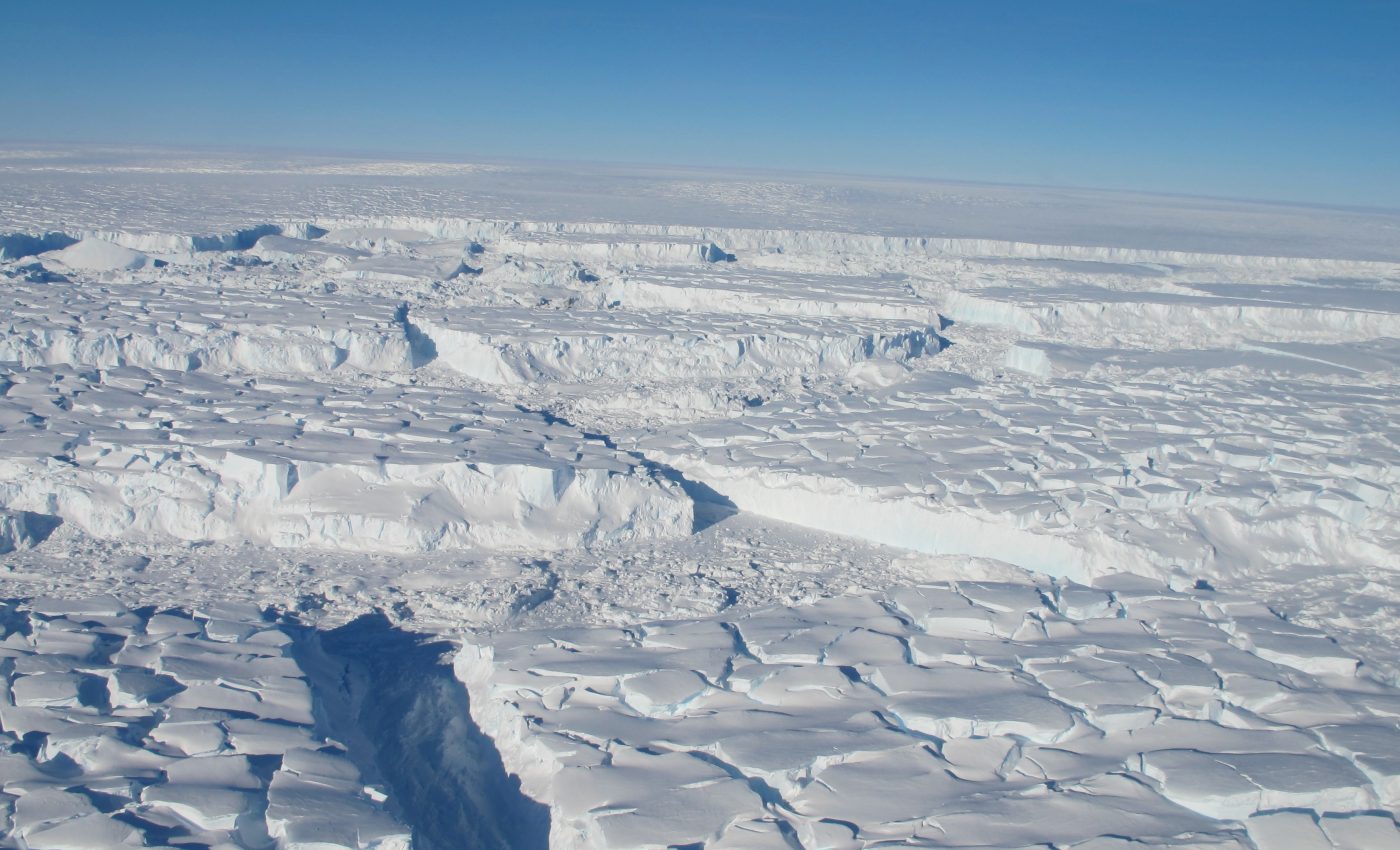
Glacial geoengineering could help limit sea-level rise
A new study published by the European Geosciences Union has found that targeted projects could be used to slow down glacier melting, prevent ice-sheet collapse, and limit sea-level rise.
The researchers determined that an intervention the size of existing civil engineering projects may have only a 30 percent chance of success, but that a larger intervention would have better odds.
Study co-author John Moore is a scientist at Beijing Normal University in China and a professor of Climate Change at the University of Lapland in Finland.
“Doing geoengineering means often considering the unthinkable,” said Professor Moore.
“Geoengineering” typically refers to large-scale interventions designed to combat climate change as a whole. In this case, the researchers recommend a more targeted approach to directly address sea-level rise, which is one of the most drastic consequences of climate change.
Glacial geoengineering involves making changes to the geometry of the seafloor to form an ice shelf near glaciers that flow into the ocean, which could prevent them from melting further. Some massive glaciers, such as the Thwaites ice stream in West Antarctica, are rapidly retreating and could impact millions of people living along the world’s coastline.
“Thwaites could easily trigger a runaway (West Antarctic) ice sheet collapse that would ultimately raise global sea level by about 3 meters,” explained study co-author and Princeton University researcher Michael Wolovick.
“The most important result (of our study) is that a meaningful ice sheet intervention is broadly within the order of magnitude of plausible human achievements.”
The team evaluated two glacial-geoengineering methods. One idea is to construct an underwater wall to prevent warm water from reaching the base of an ice shelf, which is very sensitive to melting. A simpler concept involves building artificial mounds or columns on the seafloor. The mounds would not block warm water but could help the glacier re-strengthen and re-develop by supporting it and holding it back.
“In either case, we were imagining very simple structures, simply piles of sand or gravel on the ocean floor,” said Wolovick.
Computer simulations showed that even the simpler design could slow down the rate of sea-level rise, and would provide coastal communities with more time to adapt to rising waters.
While glacial geoengineering could work to hold off ice-sheet collapse, the study authors strongly emphasize that reducing greenhouse-gas emissions remains the number one priority in the fight against climate change.
“There are dishonest elements of society that will try to use our research to argue against the necessity of emissions’ reductions. Our research does not in any way support that interpretation,” wrote the researchers.
Wolovick added, “The more carbon we emit, the less likely it becomes that the ice sheets will survive in the long term at anything close to their present volume.”
The study is published in the journal The Cryosphere.
—
By Chrissy Sexton, Earth.com Staff Writer
Image Credit: NASA/J. Yungel
Paid for by Earth.com













